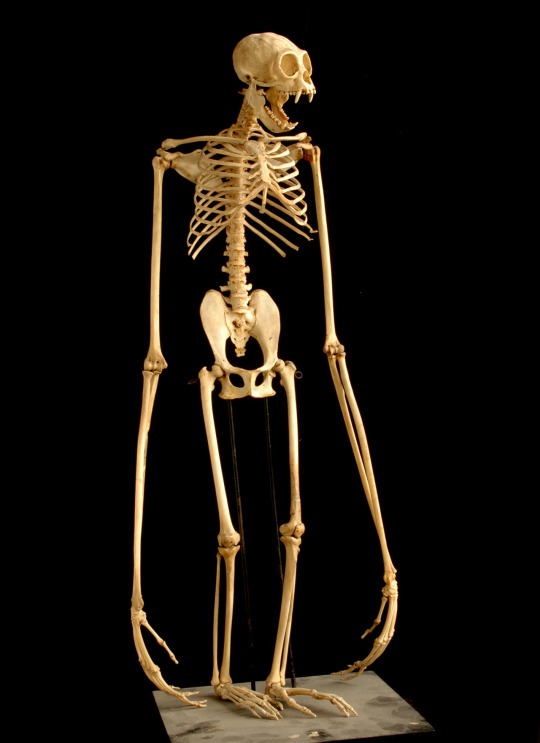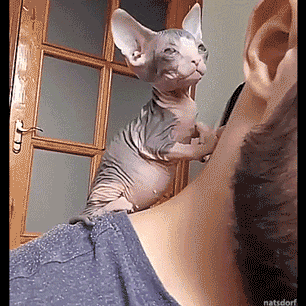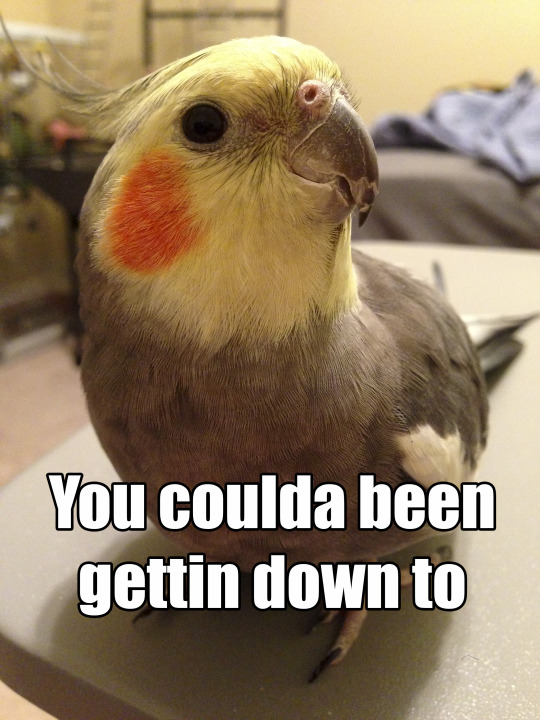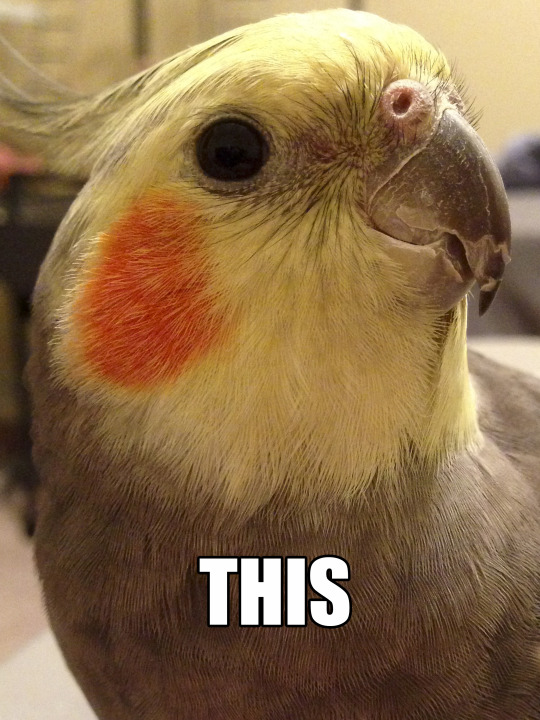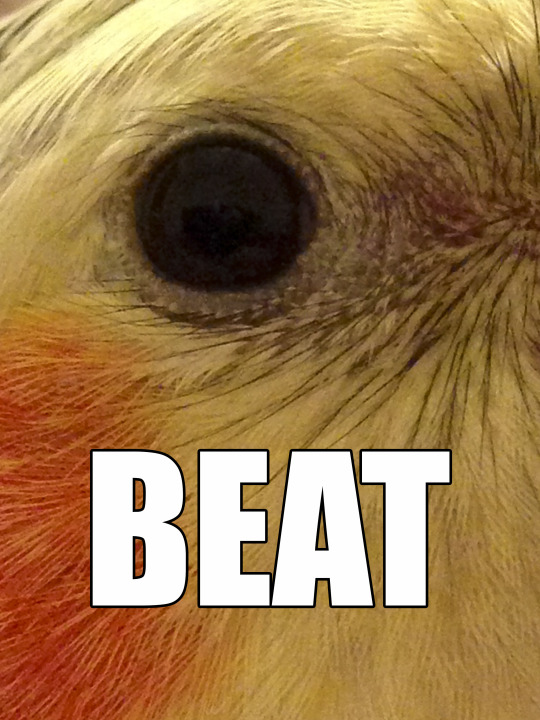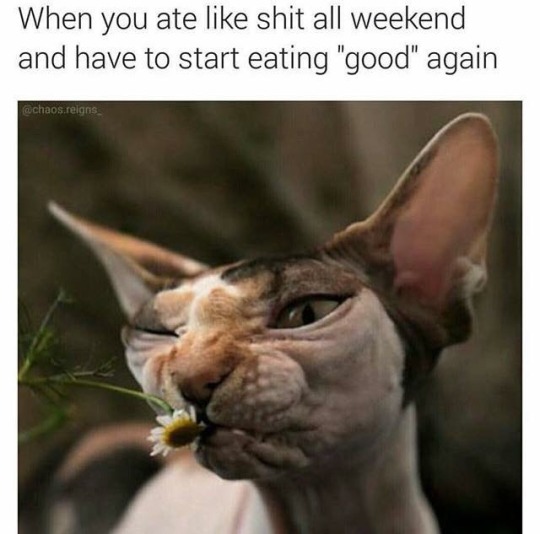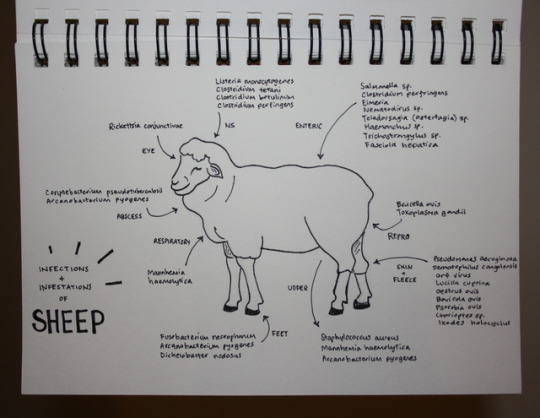Text
FRIENDLY REMINDER
THE👏WOODS👏ARE👏JUST👏TREES👏THE 👏TREES👏 ARE 👏JUST 👏WOOD👏
13K notes
·
View notes
Photo

And the latter is actually harming the animals, by disturbing them and loud boat noise.
15 notes
·
View notes
Video
instagram
Bismuth crystals aren’t exactly true minerals, but they show some of the symmetry properties and are really easy to grow. You can buy kits to be able to do this. Do not use a good pot or tongs - you aren’t likely to get them back.
22K notes
·
View notes
Text
Yeah, I see a lot of shark positivity posts on my dash these days and I really appreciate that. But I think something is being left out of the message so I’m just gonna say that:
YES, Sharks are not bloodthirsty monsters. They only do what they do because they are instinctively driven to do so.
NO, sharks are not your friends. They are not sea-puppies, gentle babies, or whatever BS anthropomorphic “cute” term you want to use to describe them.
YES, you are more likely to be killed by falling coconuts and any number of improbable circumstances than you are to be killed by a shark attack,
NO, sharks are not “harmless”. They are apex predators of their habitats and deserve to be treated with the same respect that you would give to a wild lion, bear, or wolf. JUST BECAUSE THEY ARE NOT LIKELY TO ATTACK YOU DOES NOT MEAN THAT THEY WON’T. ACCIDENTS CAN ALWAYS HAPPEN, AND A SHARK’S PATIENCE IS NOT LIMITLESS.
YES, you should take every precaution to prevent a shark from “test-biting” you.
NO, a test-bite is not just a harmless consequence of shark curiosity. A TEST-BITE CAN KILL YOU. Just because sharks generally release people after the first nip and don’t make any effort to eat them does not mean that the bite is somehow any less deadly. You will bleed out in the water if the wound is bad enough.
YES, sharks are endangered and unfairly demonised and worthy of our support.
NO, that does not mean that anthropomorphising them and spreading false information is okay.
Please support sharks, but please, for the love of god, give them the respect they deserve when you do so. YOU ARE NOT HELPING THEM BY ENCOURAGING PEOPLE TO SWIM RIGHT INTO THEIR JAWS.
72K notes
·
View notes
Text
You know a lot of people don’t know this but…
A new chapter in the wild began today for 26 eastern indigo snakes reared at the Zoo in the latest milestone in a conservation partnership to restore a native species to its original range. In a collaboration between Zoo Atlanta, the Central Florida Zoo’s Orianne Center for Indigo Conservation and Auburn University, the snakes were released into the Conecuh National Forest near Andalusia, Alabama, on July 14, 2017.

Previously to the beginning of a reintroduction effort, the eastern indigo snake had not been sighted in the wild in Alabama in around 50 years. The snakes are a keystone species of the longleaf pine-wiregrass and sandhills ecosystem, and their reintroduction carries significant positive ecological benefits for the national forest.
Zoos are known for their conservation work on other continents around the world, but conservation begins in our own backyards. This is a notable example of a project that continues to have a direct impact on re-establishing an iconic species in its native range.
Our Zoo has reared more than 80 eastern indigo snakes for the reintroduction program, which is a cooperation among stakeholders throughout the Southeast. Additional project partners include the Alabama Department of Natural Resources, Georgia Department of Natural Resources, U.S. Fish and Wildlife Service, the Florida Fish and Wildlife Commission and The Nature Conservancy.
The newest group of reintroduced snakes had been reared here since 2015. As they had been designated for release into the wild, the young snakes received care and feeding in behind-the-scenes facilities where they had limited interactions with humans. In this environment, the snakes were able to grow to a size capable of avoiding many of the predators that feed on juvenile snakes.
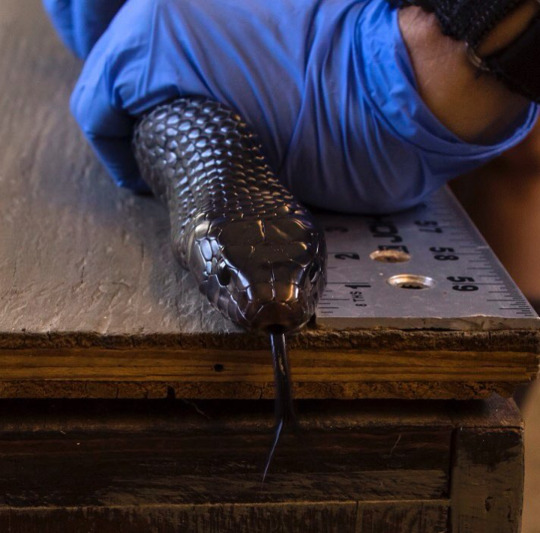
Prior to their release, the snakes received passive integrated responder tags (PIT) for identification. Preliminary results from tracking efforts have shown that previous groups of reintroduced snakes are surviving, thriving, and reproducing.
To date, more than 100 eastern indigo snakes have been released into Conecuh National Forest, a majority of which have been reared at the Zoo. The goal of the project is to release 300 snakes over a 10-year period at an average of 30 snakes a year.
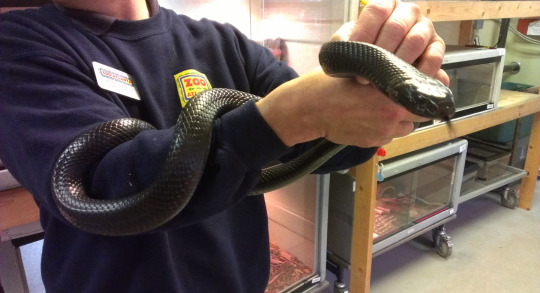
The largest nonvenomous snake species in North America and a native of southern Georgia, Florida, Alabama, South Carolina and Mississippi, the eastern indigo snake has declined across its historic range with the destruction of its ecosystem. This decline is also observed in Georgia’s state reptile, the gopher tortoise, which creates burrows that are often used by eastern indigo snakes and other species.
Eastern indigo snakes play an additional valuable role in their environment by keeping other snake populations in check, as they are known to eat venomous species, including copperheads. These snakes are not constrictors; instead, they overpower their prey using the crushing force of their jaws.
To learn more things people dont realize about zoos here ~>
Zoos Queues
5K notes
·
View notes
Note
Hi! Not sure if you'd have to be a reptile specialist to answer this or not, but here goes. When a reptile is decapitated, why is the head/neck active for a long while after? Google has conflicting answers of 1) it unconsciously responds to stimuli and 2) it is fully conscious. Asking because a bunch of Japanese cooking videos start with turtles being beheaded, and i was wondering if that was really the most humane thing to do (besides other methods used in the meat industry). Thanks!
Reptiles (and amphibians) are actually really good at keeping their tissues alive, in the right environment. You can pith (destroy the brainstem) of a cane toad and the body lives on for days.
The fact is, and this is not a comforting fact, is that we probably can’t tell whether a decapitated reptile head is conscious or not. It might be, and that’s not acceptable. The nerves are certainly alive if it’s capable of any response to stimuli, and if those nerves are alive, then the brain might be too.
This is why pithing is often employed to be certain of unconsciousness and death. The brain’s not working if it’s been turned to mush.
As a side note, the saying “They’re not dead unless they’re warm and dead” applies double for reptiles, which is why they’re often not frozen immediately after euthanasia. A cold reptile can have a very slow metabolism and might not actually die for an extended period.
84 notes
·
View notes
Text
okay but waking up in the middle of the night to soft rain and knowing you’ve still got hours to sleep, when you’re toasty warm and comfortable & sleep has made you forget all your worries and responsibilities and u go back to sleep feeling as content as ever
743K notes
·
View notes
Text
When 1st semester students have their first round of exams

1K notes
·
View notes
